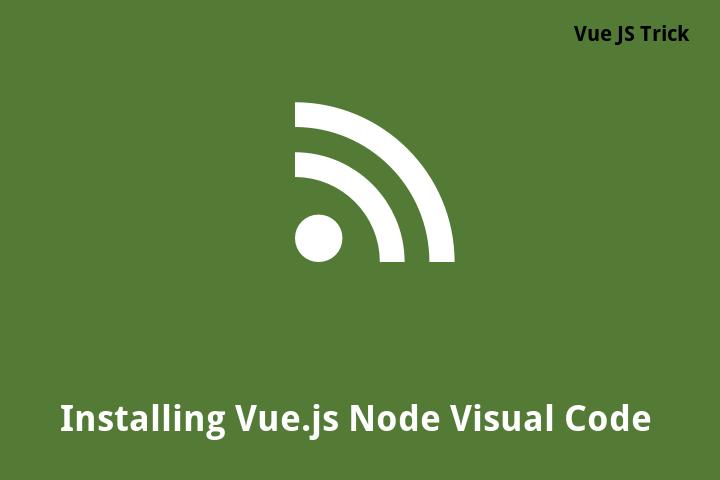Installing Vue.js Node Visual Code
Vue.js is a popular JavaScript framework that allows developers to build dynamic and reactive user interfaces. In this article, we’ll walk you through the steps to install Vue.js along with Node.js and Visual Studio Code on your computer.
Prerequisites
Before we begin, make sure you have the following software installed on your computer:
Once you have these installed, you can proceed with the following steps.
Step 1: Install Vue.js
To install Vue.js, we’ll use the Node Package Manager (npm). Open a terminal or command prompt and run the following command:
npm install -g vueThis will install Vue.js globally on your computer.
Step 2: Create a Vue.js project
Now that we have Vue.js installed, let’s create a new project. Open a terminal or command prompt and navigate to the directory where you want to create your project. Then run the following command:
vue create my-projectThis will create a new Vue.js project in a directory called “my-project”. You’ll be prompted to select a preset configuration for your project. For most cases, you can choose the default configuration.
Step 3: Run the development server
Now that we have a project set up, let’s run the development server. Navigate to your project directory in the terminal or command prompt and run the following command:
npm run serveThis will start a development server at http://localhost:8080. You can view your project by opening a web browser and navigating to that URL. Any changes you make to your code will be hot-reloaded in the browser, allowing you to see your changes in real time.
Step 4: Install Vue.js extensions in Visual Studio Code
If you’re using Visual Studio Code as your code editor, you can take advantage of several extensions that make working with Vue.js easier. Here are a few you might want to install:
- Vetur: Provides syntax highlighting, code completion, and debugging capabilities for Vue.js files.
- Vuex Peek: Allows you to quickly jump to Vuex definitions in your code.
- ESLint: Provides real-time linting for your Vue.js projects.
To install these extensions, open Visual Studio Code and navigate to the Extensions panel. Then search for the extension you want to install and click the Install button.
Conclusion
Installing Vue.js, Node.js, and Visual Studio Code is a straightforward process that allows you to build dynamic and reactive user interfaces with ease. By following the steps outlined in this article, you’ll be up and running with Vue.js in no time.
FAQ
1. What is Vue.js?
Vue.js is a progressive JavaScript framework that allows developers to build dynamic and reactive user interfaces.
2. Do I need to install Node.js to use Vue.js?
Yes, Vue.js relies on Node.js to run. Make sure you have Node.js installed on your computer before installing Vue.js.
3. Can I use a different code editor besides Visual Studio Code?
Yes, you can use any code editor or Integrated Development Environment (IDE) that supports JavaScript. However, Visual Studio Code has several extensions that make working with Vue.js easier.
4. How do I update my Vue.js project to a newer version?
To update your Vue.js project to a newer version, run the following command in your project directory:
npm update vue5. Where can I find more information about Vue.js?
You can find more information about Vue.js, including tutorials and documentation, on the official Vue.js website.
© 2021 Your Company. All rights reserved.

